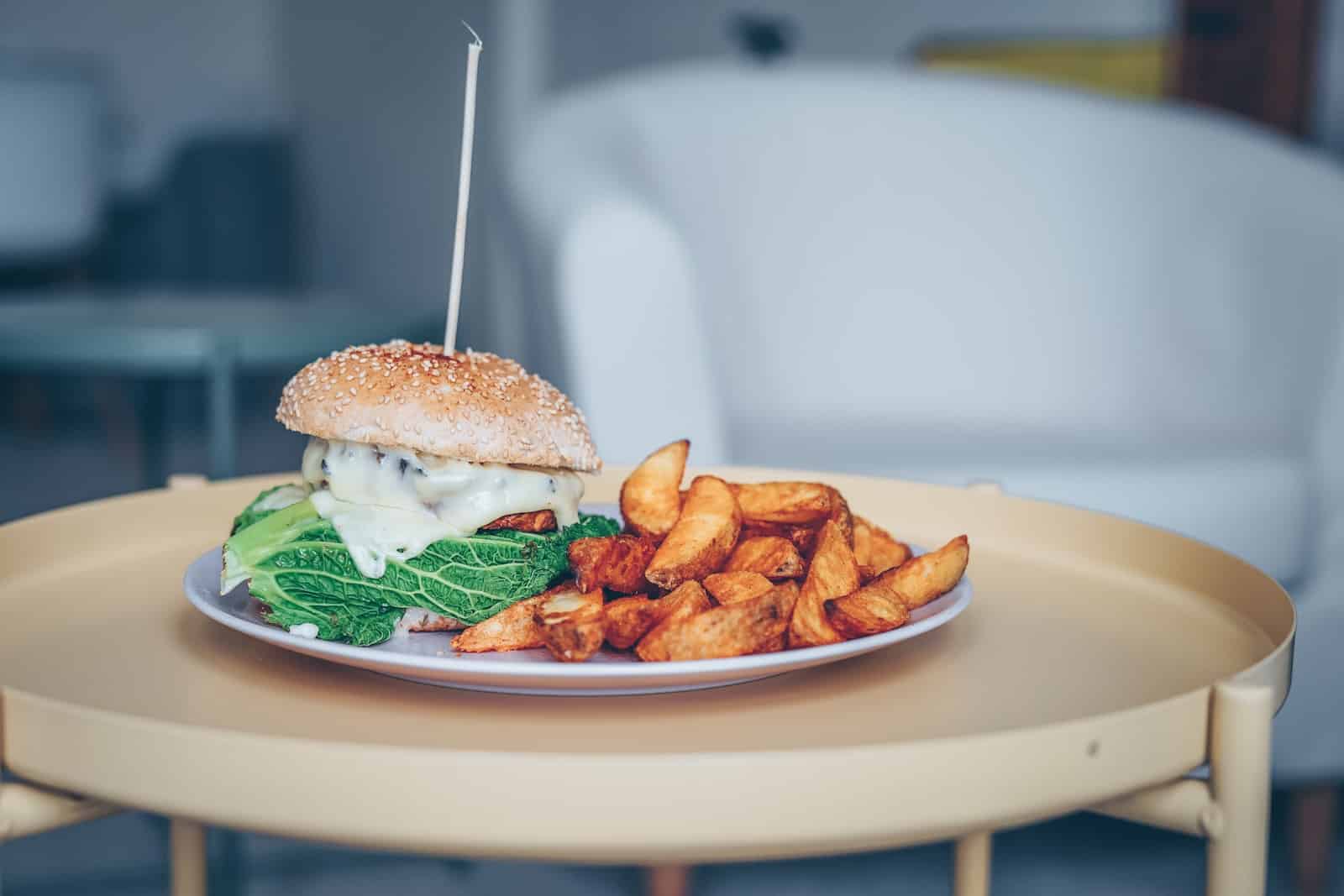The art of home-made cheese: dairy crafting for beginners

Imagine relishing a creamy, soft cheese, and then the satisfaction of knowing you crafted it in your own kitchen. Welcome to the fascinating world of cheesemaking. This age-old art dates back to the time of ancient civilizations, and to this day continues to be a much-loved delicacy across cultures.
Understanding the basics of home cheesemaking is not complex, and with time and a few essential ingredients like milk, bacteria, rennet, and culture, you can transform your dairy into a variety of delectable cheeses. So, get ready to roll up your sleeves, summon your inner artisan, and start your journey of crafting homemade cheese.
Avez-vous vu cela : The art of home-made wine: a guide for beginners
Understanding the Basics of Cheesemaking
Before embarking on your cheesemaking journey, it’s crucial to understand the fundamental steps involved. At its core, cheesemaking involves the coagulation of milk, separating the whey (liquid part) and curds (solid part), molding the curds, and aging, if desired.
The presence of bacteria and rennet plays a vital role in the process. Bacteria, a friendly culture, helps convert lactose (milk sugar) into lactic acid, initiating the curdling of milk. Rennet, an enzyme, further assists in coagulation, setting the curd firmly.
A découvrir également : The art of home-made ice cream: creating sweet treats at home
Gathering Essential Cheesemaking Supplies
To start with, you’ll need to gather some basic cheesemaking supplies. This includes a large stainless-steel pot for heating the milk, a long knife for cutting the curds, a slotted spoon for stirring and scooping, and a dairy thermometer to ensure accurate temperatures.
Other essentials include cheesecloth for straining the curds, cheese molds for shaping, and cheese paper or wax for wrapping your finished cheese. Cultures, rennet, and cheese salt are also critical ingredients for the recipe.
Choosing the Right Milk for Cheesemaking
The type of milk you use significantly influences your cheese’s final flavor and texture. Raw cow’s milk, straight from the source, is considered the crème de la crème for cheesemaking. However, it’s not always easily accessible, and regulations regarding its sale vary.
Alternatively, you can use pasteurized milk, but avoid ultra-pasteurized or UHT milk as they don’t form proper curds. Goat’s milk provides a distinct tangy flavor and is excellent for softer cheeses.
The Cheesemaking Process
Let’s delve into the cheesemaking steps, from the initial heating of the milk to the final aging process.
- Heating the Milk: This is the first step in cheesemaking. The milk is slowly heated in a pot to the temperature specified in your chosen recipe.
- Adding the Culture: Once the milk reaches the desired temperature, the starter culture is added. This bacteria helps acidify the milk, initiating the curdling process.
- Adding Rennet: After the culture has had some time to work, rennet is stirred in. This sets the curds, turning the milk from a liquid into a gel-like substance.
- Cutting the Curd: Depending on the type of cheese being made, after the milk has fully set, the curd is cut into pieces. This helps release whey from the curd.
- Cooking the Curds: The curds are gently heated, further expelling whey and firming them up.
- Draining the Whey: The curds are then drained, separating them from the whey.
- Molding and Pressing: The curds are placed into a mold and pressed to form the shape of the cheese and remove any remaining whey.
- Aging the Cheese: Finally, the cheese is aged, or "ripened," in a controlled environment. The aging period can range from a few days to several years, depending on the type of cheese.
Learning More About Cheesemaking
Cheesemaking is a craft that takes time to master. One of the best ways to learn more about it is to read books on the subject. Books allow you to delve deeper into the science and art of cheesemaking, provide detailed recipes, and offer tips and troubleshooting advice.
Some recommended reads are "Home Cheese Making" by Ricki Carroll and "The Art of Natural Cheesemaking" by David Asher. These books provide a good foundation for beginners and offer plenty of inspiration for seasoned cheesemakers.
Remember, patience is the key to successful cheesemaking. With time and practice, you’ll get to experience the joy of creating your own homemade cheeses, tailored to your taste and preference. Happy cheesemaking!
Embracing Dairy-Free Cheesemaking
In recent years, there has been a surge of interest in dairy-free cheesemaking. This is a boon for those who are lactose intolerant, vegan, or simply prefer plant-based alternatives. Like traditional cheesemaking, crafting dairy-free cheese at home allows you to control the flavor, texture, and overall quality.
A variety of plant-based substitutes can be used to create delicious homemade cheese. Popular alternatives include cashews, almonds, and soy. These ingredients, along with added cultures and enzymes, can mimic the creaminess and tanginess of dairy-based cheese.
Almond cheese is a popular choice, made by blending soaked almonds with water, lemon juice, and a touch of garlic and salt. Similarly, cashew cheese is made by soaking cashews, then blending them with nutritional yeast and a touch of lemon juice, creating a creamy, tangy cheese that’s perfect for spreads and dips.
However, if you’re after a dairy-free cheese that melts and stretches like mozzarella or cheddar, you’ll need to experiment with ingredients like agar-agar, tapioca starch, or kappa carrageenan. These ingredients help to give the cheese a more traditional texture and melting qualities.
Another exciting aspect of dairy-free cheesemaking is making cheese from nut milk. By applying the principles of classical cheesemaking to nut milk, you can create hard cheeses that can be sliced, grated, or melted.
There are also numerous books and online resources dedicated to dairy-free cheesemaking. For instance, "The Art of Plant-Based Cheesemaking" by Karen McAthy is a comprehensive guide that tackles everything from soft cheeses to aged and fermented versions.
Using Cheesemaking Equipment
Cheesemaking at home doesn’t require a lot of specialized equipment, but having the right tools can certainly make the process easier and more efficient. In addition to the essentials mentioned earlier, there are a few more items that are worth considering.
A cheese press is a useful tool for making hard cheeses. It applies pressure to the curds, helping to remove whey and form a firm, consistent cheese. Cheese presses come in various sizes and styles, so you can find one that suits your needs and budget.
A cheese mat is another useful accessory. It helps to drain whey, maintain the shape of the cheese, and circulate air during the aging process.
Finally, if you plan to make a lot of cheese, it may be worth investing in a cheese cave. This is a dedicated, temperature-controlled space for aging your cheese. While not necessary for beginners, a cheese cave can certainly elevate your home cheesemaking to new heights.
Conclusion
The art of cheesemaking is an incredible journey of discovery and creativity. Whether you’re working with cow or goat milk, raw milk straight from the farm, or plant-based alternatives, the possibilities are endless. From creamy fresh cheese to firm, mature ones, there’s a world of flavors, textures, and styles to explore.
Remember, success in cheesemaking requires patience, practice, and a bit of scientific understanding. But the reward of slicing into a wheel of cheese that you made yourself, tailored to your taste, is truly incomparable. Whether you’re a beginner or an experienced cheesemaker looking to refine your craft, there’s always something new to learn and experiment with in the world of home cheesemaking. So roll up your sleeves, gather your ingredients and tools, and embark on your cheesemaking adventure. The satisfaction derived from your craft, not to mention the delicious cheese you’ll make, is well worth the effort. Happy cheesemaking!
